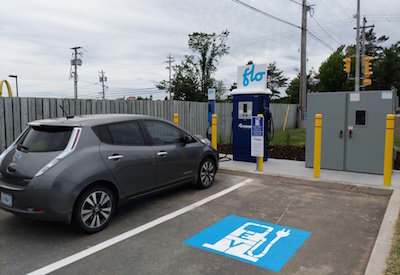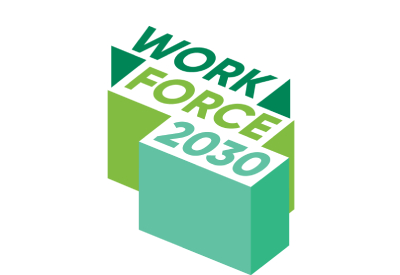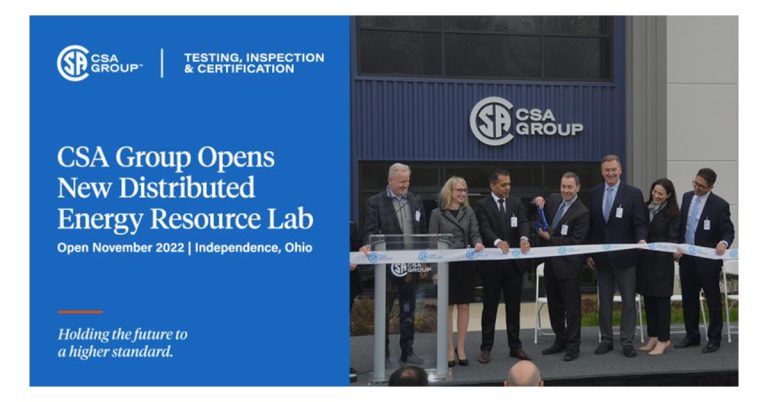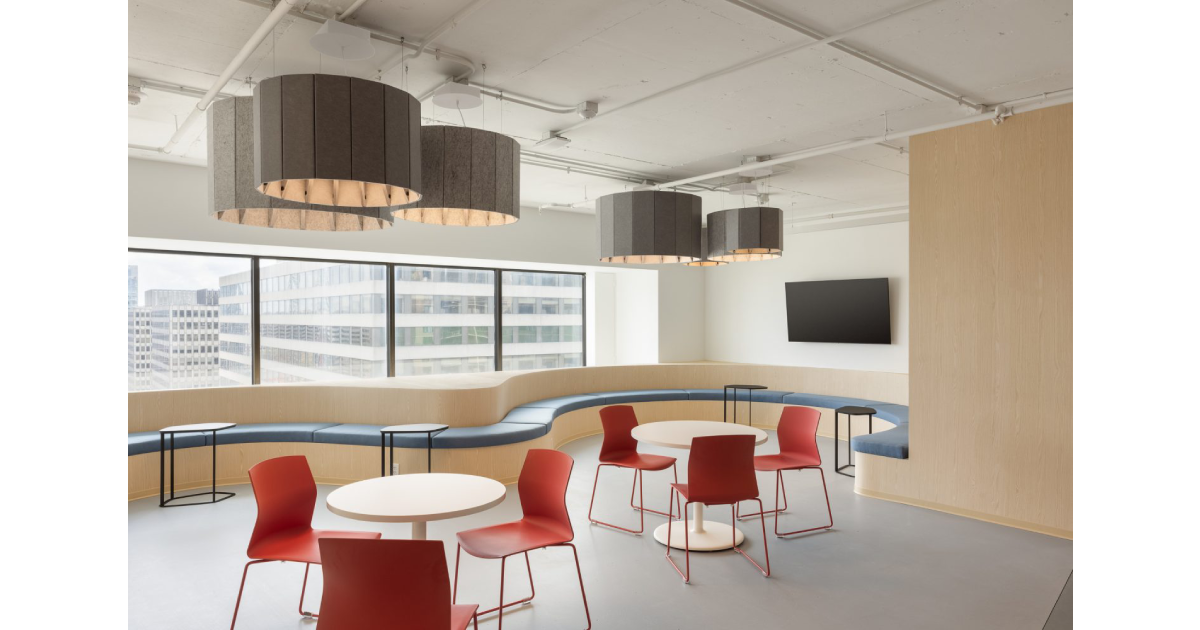CaGBC Makes Recommendations in Pre-Federal Budget Consultation
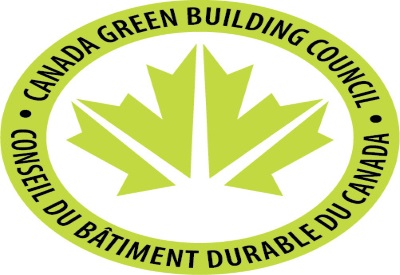
September 14, 2017
The Government of Canada has demonstrated leadership in propelling Canada’s transformation to a low-carbon economy. Innovative government policies, like labelling building energy performance, developing retrofit codes, and offering low-cost financing for retrofits, will be effective in moving the sector forward.
To further support the transformation and growth of Canada’s sustainable building industry and real estate sector, CaGBC responded to the federal 2018 pre-budget consultation by further defining the opportunities available to reduce GHG emissions, create green building sector jobs, and develop expertise in net zero carbon buildings. CaGBC recommends that the 2018 federal budget focus on two key areas to drive innovation and create a world-class building sector in Canada:
- Providing a path for new buildings to reach zero carbon and higher energy efficiency levels; and
- Creating the conditions to scale-up retrofits in existing buildings by developing the market infrastructure to accelerate the retrofit economy.
Targeted initiatives in these areas will fuel Canada’s economic growth and global competitiveness by developing world-leading green expertise, increasing labour market participation in our low carbon economy, and attracting global investment to Canada.
A pan-Canadian strategy that includes the following three components is required to stimulate private sector market growth:
- Adopting zero carbon building standards for all new federal government-owned buildings and federally-funded commercial, institutional buildings and multi-unit residential buildings (MURBs);
- Creating roadmaps for targeted retrofit investments in each jurisdiction for federal government-owned buildings and federally-funded commercial, institutional and MURB retrofits; and
- Building investor confidence in Canada’s retrofit economy in the commercial, institutional and residential real estate sector.
These recommendations are substantiated by CaGBC commissioned research and analysis on the carbon reduction potential of the building sector in Canada; regional factors that impact the feasibility and GHG emissions reduction potential of retrofits in different Canadian provinces; investment and economic opportunities in the green building sector; and feasibility for deployment of the Investor Confidence Project in Canada.
Recommendation #1: Zero Carbon Building Standard for all new federal buildings
To effectively harness the GHG emission reductions available from the built environment, Canada must develop a clear path for new buildings to reach zero carbon.
CaGBC is positioning Canada to lead the global zero carbon movement with the development of a unique, made-in-Canada solution for assessing the carbon performance of commercial, institutional, and multi-family buildings in Canada. CaGBC is recommending that the federal government adopt the Zero Carbon Standard for new owned or leased federal buildings, along with an updated LEED Platinum policy, as a way to signal leadership to the provinces, territories, and private sector building owners. This initiative would build on the federal government’s involvement in the Zero Carbon Standard Pilot, as one of sixteen projects recruited from across Canada to participate in the initiative.
As Canada’s largest landowner and purchaser of goods and services, the federal government could deploy its purchasing power to buy zero-carbon technology in bulk, in order to accelerate the commercial development of these products and services. Bulk purchasing could stimulate the integration of zero-carbon technology into buildings by lowering price points and creating more conducive conditions for widespread market adoption and export opportunities for Canadian companies.
Recommendation #2: Roadmaps for targeted federal investments in retrofits
Achieving carbon and energy benefits from existing buildings will require implementing a strategic retrofit roadmap that accounts for unique factors in each jurisdiction – size, age and type of existing buildings and, most importantly, the carbon intensity of heating sources and electricity grids. Our research shows that large buildings in Alberta and Ontario currently emit the most carbon so they have the greatest potential to reduce emissions. However, meeting the national target will require the uptake of strategic actions in each province and every building segment. Even provinces like Quebec with very low carbon intensity grids will need to prioritize actions like fuel switching to ensure that their building stock displaces the use of natural gas for heating.
CaGBC is recommending that the federal government strategically target investments through federal funding programs such as the Low Carbon Economy Fund by deploying retrofit roadmaps to yield the highest impact for carbon reductions in commercial, institutional, and MURB building retrofits. To achieve the highest economic and environmental return on investment (ROI), CaGBC proposes to work with federal, provincial, and territorial governments to develop retrofit roadmaps in each jurisdiction for all federal government-owned buildings and federally-funded commercial, institutional and MURB retrofits.
Recommendation #3: Increased investor confidence in Canada’s retrofit economy
CaGBC is recommending that the federal government take an active role in helping accelerate the growth of Canada’s retrofit economy. In Canada, the retrofit ecosystem is stunted by limited access to financing, low investor confidence in performance outcomes, and high transaction costs. With no standardized measure for certifying the ROI from a building retrofit or evaluating project risks, securitization is difficult for Canadian banks and financiers.
Canada can demonstrate leadership by joining the European Union and United States in adopting the Investor Confidence Project (ICP) as a best practice to unleash investment and support the existing building retrofit market. The ICP is a standardized framework for risk assessment and verification of building retrofits that provides commercial investors and building owners with confidence in project engineering, performance outcomes, and financial returns. The ICP reduces project complexity, cuts high transaction costs, and builds confidence among the investor community, akin to ratings agencies for bond investors. The CaGBC is recommending that the federal government should embed the ICP as a requirement in the Low Carbon Economy Fund, the Canada Infrastructure Bank, and the National Housing Strategy.
CaGBC is currently piloting the ICP for Canada in partnership with the MaRS Advanced Energy Centre and has proposed to work with the federal government to deploy the ICP for all federally-funded commercial, institutional, and MURB building retrofits. This action would help develop the sizable mid-market for retrofits in Canada and enable beneficial financing terms for retrofits by ensuring that environmental and economic targets can be achieved.
Implementing the actions identified in the recommendations above would incent innovation and the commercialization of products and services; increase the purchase of advanced technology and equipment; and create opportunities for labour market participation in Canada’s low carbon economy through job growth. In the short-term, manufacturing, installation, and construction jobs would be created from these initiatives. Advisory sector jobs in architecture, consulting, and engineering would also see growth. In total, 16 industry sectors across the supply chain in Canada would be directly stimulated by this strategy.
Over the coming months, the Canada Green Building Council will continue to work with the Government of Canada to provide advice on the policy levers needed to ensure that the recommendations submitted during the pre-Federal Budget consultation are implemented in time to meet Canada’s GHG emission reduction targets and contribute to growing the green building economy in Canada.
Source: https://www.cagbc.org/News/EN/2017/20170907_News_Release.aspx




